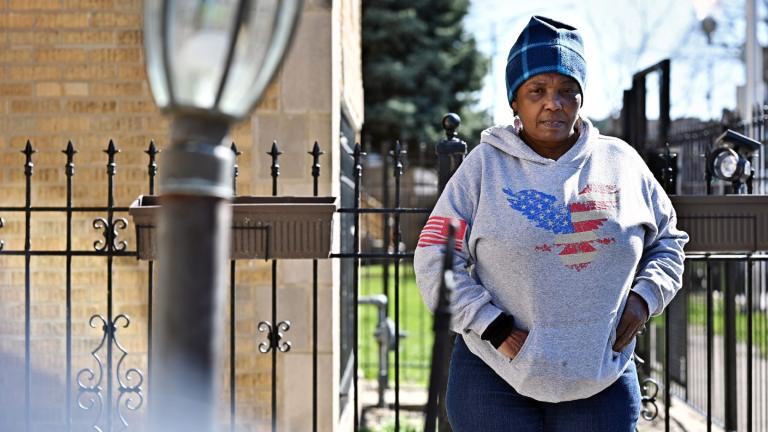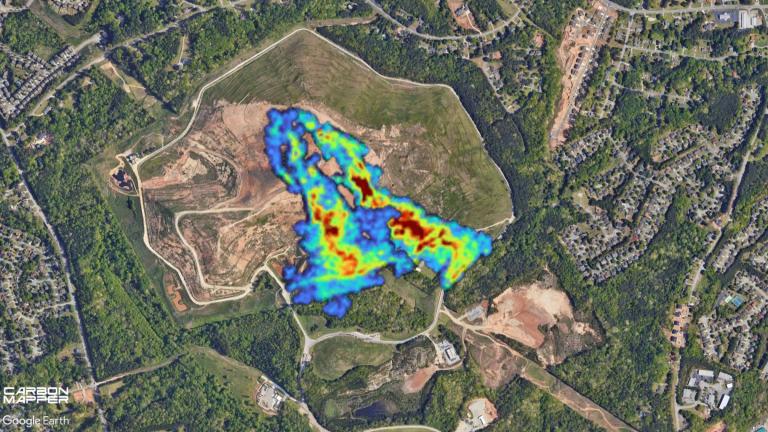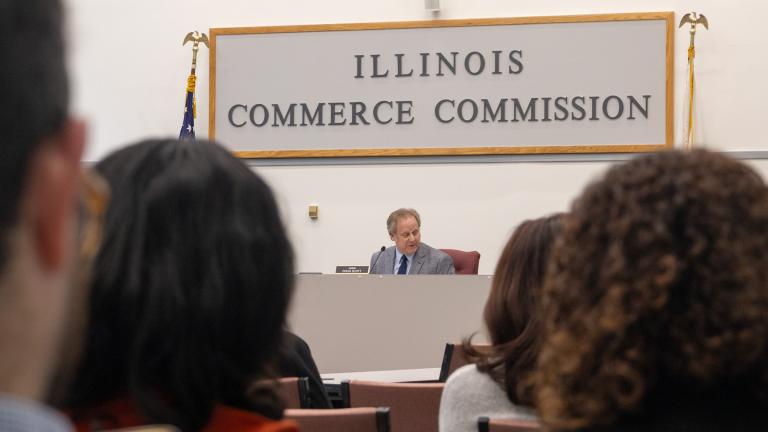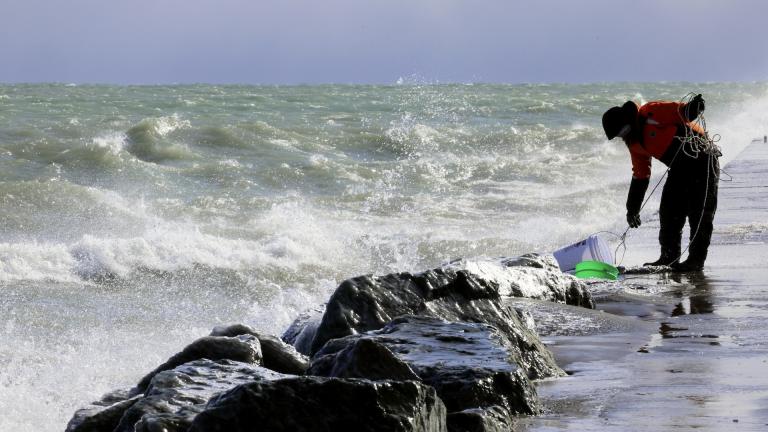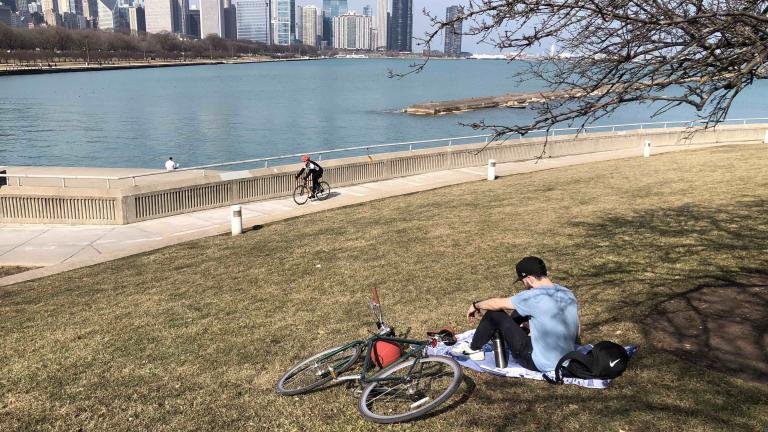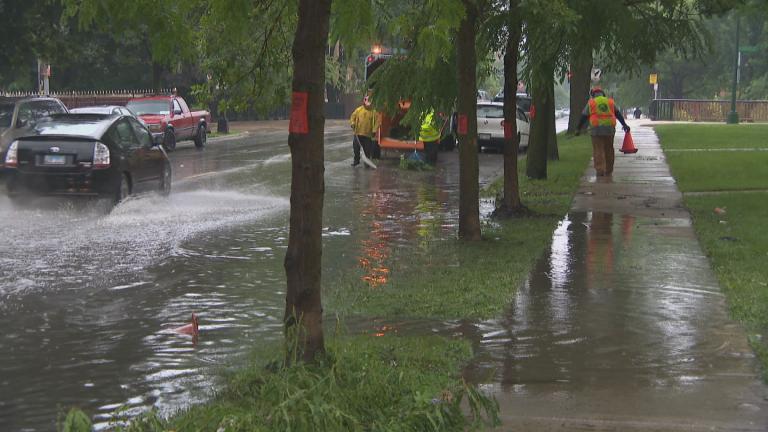July is shaping up to be the warmest month on Earth in recorded history. But that heat isn’t just impacting the atmosphere — it’s having an impact on the ground beneath our feet. New research from Northwestern University illuminates the phenomenon of underground climate change.
If you blink, you’ll miss them: dozens of tiny temperature sensors set up underground in the Millennium Park train station.
Alessandro Rotta Loria, a civil engineering professor at Northwestern University, checks the latest reading on his cellphone: 25 degrees C. The censors record the subsurface temperature every 10 minutes. Rotta Loria analyzes tens of thousands of readings every day. Over the last four years, the data points to a phenomenon occurring below the surface of cities: underground climate change.
Above ground, the climate is warming. Beneath the surface, temperatures are rising as well — in some years, by as much as half a degree Celsius.
It’s felt most acutely in so-called subsurface heat islands — like the Millennium Park train station.
“The reason there is so much waste heat in train stations is that when trains brake, they release heat. … All of that adds up,” Rotta Loria said. “It all goes into the ground. There is a bubble of heat forming.”
Rotta Loria said that heat causes the soil and construction materials to deform. That’s making the ground beneath the Loop sink by a few millimeters every year.
But fear not.
Rotta Loria is not predicting catastrophe just yet.
“It doesn’t impact the safety or threaten collapse of buildings,” Rotta Loria said. “But these deformations could have performance impact on structures — problems related to excessive settlement, tilting and potentially cracking.”
Rotta Loria and his team initially set up 150 subsurface sensors in big public spaces like the train station and Millennium Park garage — as well as in the basements of 30 buildings, where boilers can significantly impact the subsurface temperature.
He said his research offers an opportunity for engineers to build more efficiently.
“We could absorb part of that heat, bring it upstairs in buildings and infrastructure and use it for space heating or hot water,” Rotta Loria said, noting that that could lead to significant reductions in a building’s heating bill.
He said Chicago is not alone. London, New York and any densely built urban area is undergoing the same phenomenon. Rotta Loria said those cities should address the problem before it gets worse.
The study predicts that underground temperatures will continue to rise between .1 and 2.5 degrees Celsius every decade.
Follow Paris Schutz on Twitter: @paschutz

